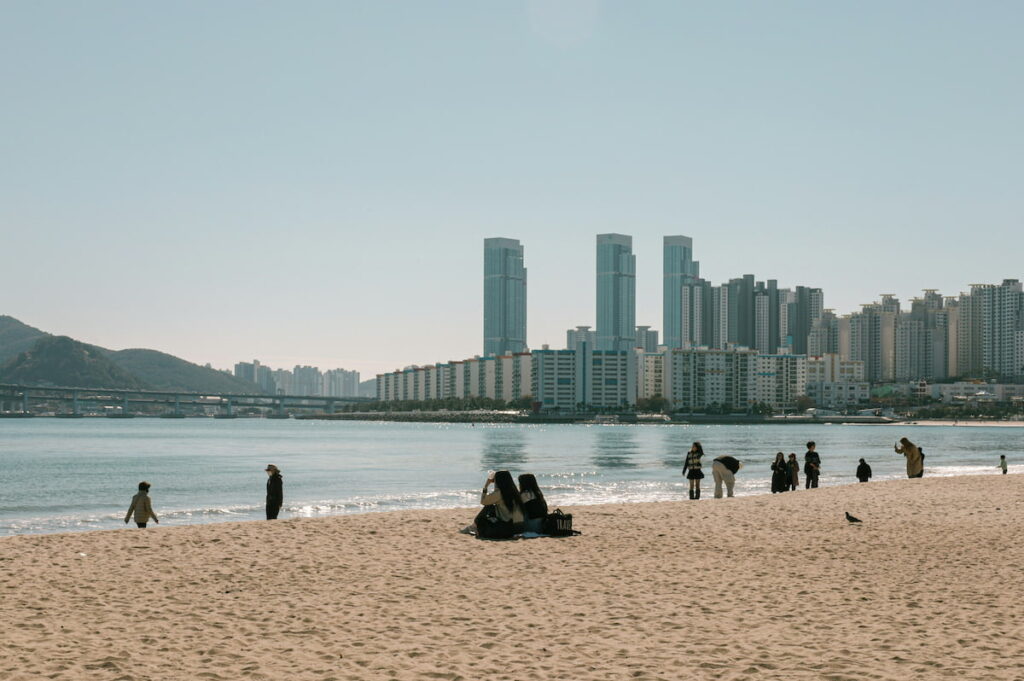Crafting a Future Free of Plastics
We need greater ambition in the final round of global plastic treaty negotiations

We have a once-in-a-lifetime opportunity to tackle one of the biggest threats facing our ocean: plastic pollution. Next week the United Nations will host the fifth and final scheduled round of negotiations (INC-5) in Busan, South Korea, for an international legally binding instrument (ILBI) to end plastic pollution. Widely known as the “global plastics treaty,” this agreement aims to curb the global plastic pollution crisis, of which the ocean often bears the brunt.
As an official U.N. observer organization, Ocean Conservancy experts have been deeply involved in the negotiation process over the past two years to develop the plastics treaty. Earlier this month, however, we got troubling news: A document being put forward as the likely basis for negotiations at INC-5 was circulated to hundreds of stakeholders and notably backtracked on many key elements that were included in past negotiations.
Get Ocean Updates in Your Inbox
Sign up with your email and never miss an update.
The ambition that we all dreamed and spoke of in earlier negotiations is all but absent from this new document. Of particular concern is the absence of global targets for source reduction to reduce the amount of plastics we make in the first place and of action on sea-based sources of pollution including abandoned, lost or otherwise discarded fishing gear (ALDFG, or “ghost gear”). This is especially concerning because INC-5 could very well be the final round of negotiations for this agreement, and these changes take us back to the starting line. At Ocean Conservancy, we want to see an ambitious, comprehensive treaty that addresses the full life cycle of plastics to tackle plastic pollution and that holds plastic producers accountable.

We strongly believe that an effective treaty must:
- Establish a global plastics source reduction target to reduce the amount of plastics we produce, especially for problematic single-use plastics.
- Include specific measures for plastic fishing and aquaculture gear in order to combat ghost gear, the most-deadly form of plastic pollution in our ocean.
- Include measures to ensure non-toxic packaging design and incentives to shift to models of reuse and refill.
- Address microplastics, both those that are intentionally created small, like cosmetic beads, as well as those that break down from larger plastics.
- Ensure the priorities of the informal waste collection sector, collectors who are responsible for nearly 60% of all the plastics recycled globally, are included and consulted on the implementation in the future.
If we are going to end plastic pollution, we need a strong, impactful global plastics treaty. Provisions should include binding requirements to address plastics across their entire life cycle to limit the environmental and human health impact of plastic pollution. Without these stronger provisions across the full life cycle of plastics, the treaty risks being ineffective and insufficient to fulfill the mandate to end plastic pollution, including in the marine environment.

There is still time to right this ship. As INC-5 begins next week, Ocean Conservancy urges negotiators to meet the plastic-pollution crisis with the urgency it demands. The science is clear: Without bold action this crisis is going to get significantly worse. To safeguard human health and food security and protect the environment that we depend on for life, we need a strong and ambitious treaty.
This is a final second shot for a better future for our ocean, and we can’t afford to miss. Take action now and help us put an end to plastic pollution.